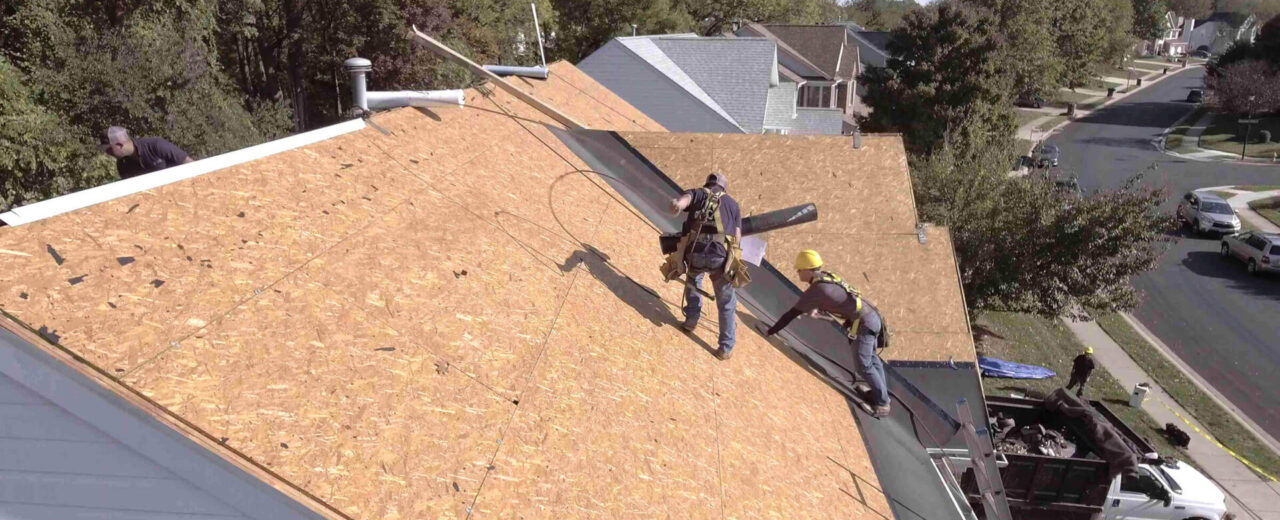What Is Roof Decking and Why Is It Important?
Roof decking—also known as sheathing—is the foundation layer of your roofing system. It’s the flat surface, typically made of wood or engineered panels, that is attached to the roof trusses or rafters and provides a solid base for all other roofing materials, such as underlayment, shingles, or metal panels.
While it’s not something most homeowners typically notice, roof decking plays a crucial role in the structure and performance of your roof. Here’s what you need to know about it and why it’s so important.
What Is Roof Decking Made Of?
Most modern roof decking is made from one of the following materials:
- OSB (Oriented Strand Board): A cost-effective, engineered wood panel made from compressed wood strands and resin. It’s the most common choice for residential roofs.
- Plywood: Strong and moisture-resistant, often used in higher-end or more demanding applications.
- Plank Decking: Found in older homes, this consists of solid wood boards laid edge-to-edge.
Why Roof Decking Matters
1. Structural Support
Decking provides the structural base that supports all other roofing layers. It holds the weight of the shingles, underlayment, and any snow or debris that collects on the roof. A strong, stable deck ensures the entire roof system functions properly.
2. Fastener Anchor Point
All roofing materials—shingles, underlayment, flashing, and even gutters—need to be securely fastened. The decking is what these fasteners attach to. If the decking is rotted or weak, nails or screws may not hold, leading to premature material failure.
3. Moisture Barrier Foundation
While decking itself is not waterproof, it provides a surface on which waterproofing materials can be applied. Underlayment and ice and water shield adhere directly to the decking, creating critical moisture barriers that protect your home from leaks.
4. Safety and Building Code Compliance
Compromised or deteriorated decking can pose safety hazards for roofing crews and may violate local building codes. During a roof replacement, any soft or rotted sections must be replaced to meet code and ensure the roof’s longevity.
Signs Your Roof Decking May Be Failing
- Sagging rooflines
- Leaks or water stains in the attic
- Visible rot or mold
- Soft spots when walking on the roof (for professionals)
If these signs appear during a roof inspection or replacement, it may be necessary to repair or replace sections of the decking.
Final Thoughts
Roof decking is the unsung hero of your roofing system. While it’s hidden from view, it’s essential to your roof’s strength, stability, and waterproofing ability. If you’re having a roof replaced, make sure your contractor inspects the decking and replaces any damaged or deteriorated sections. Investing in solid decking now will protect your home for decades to come.


